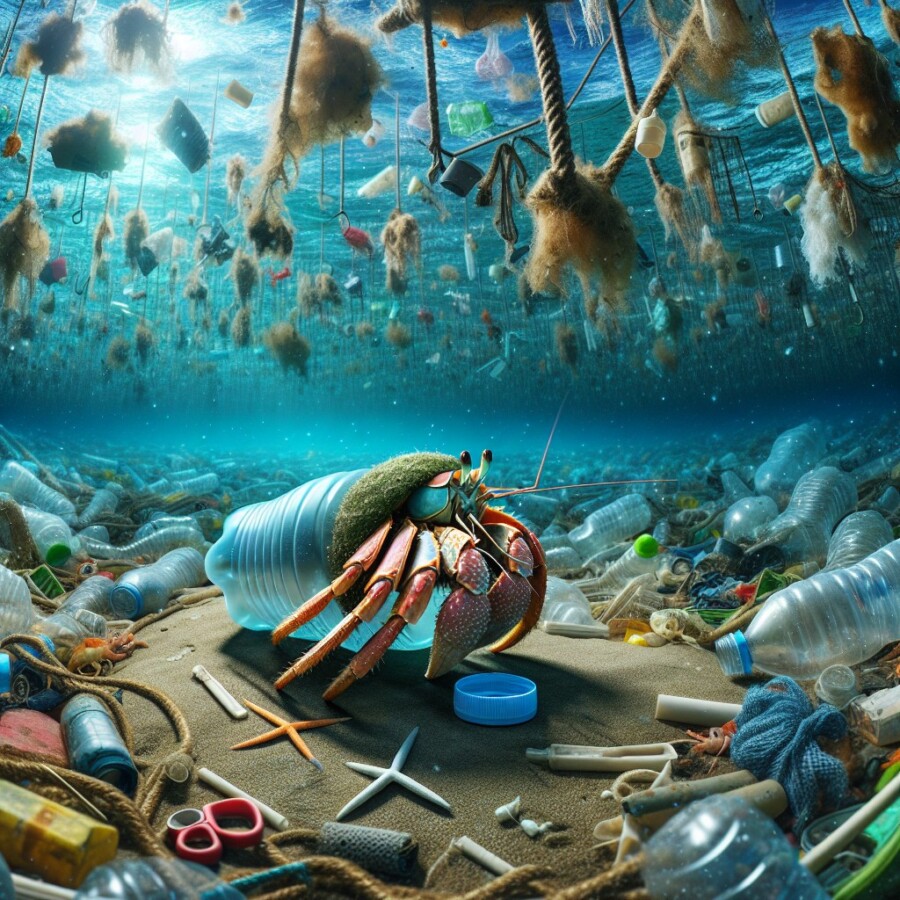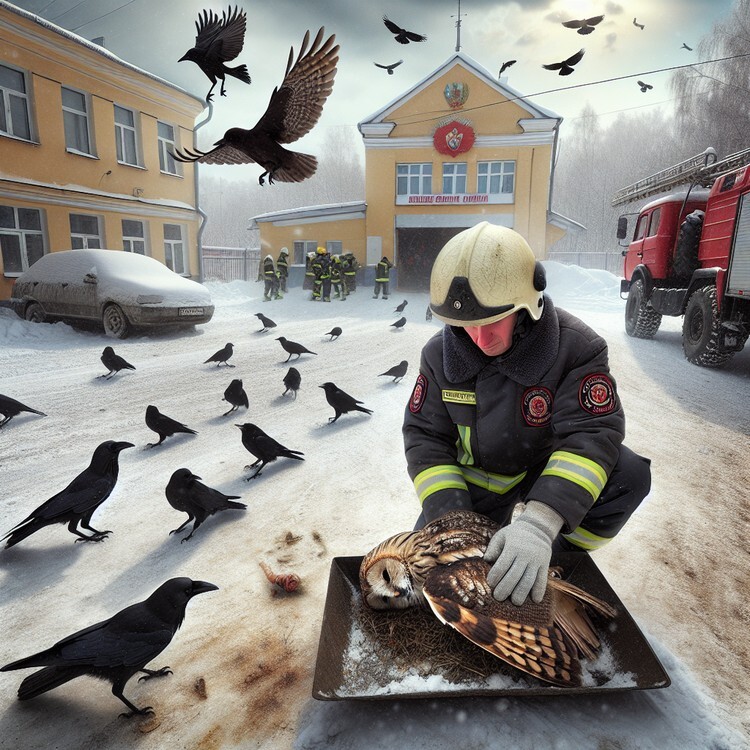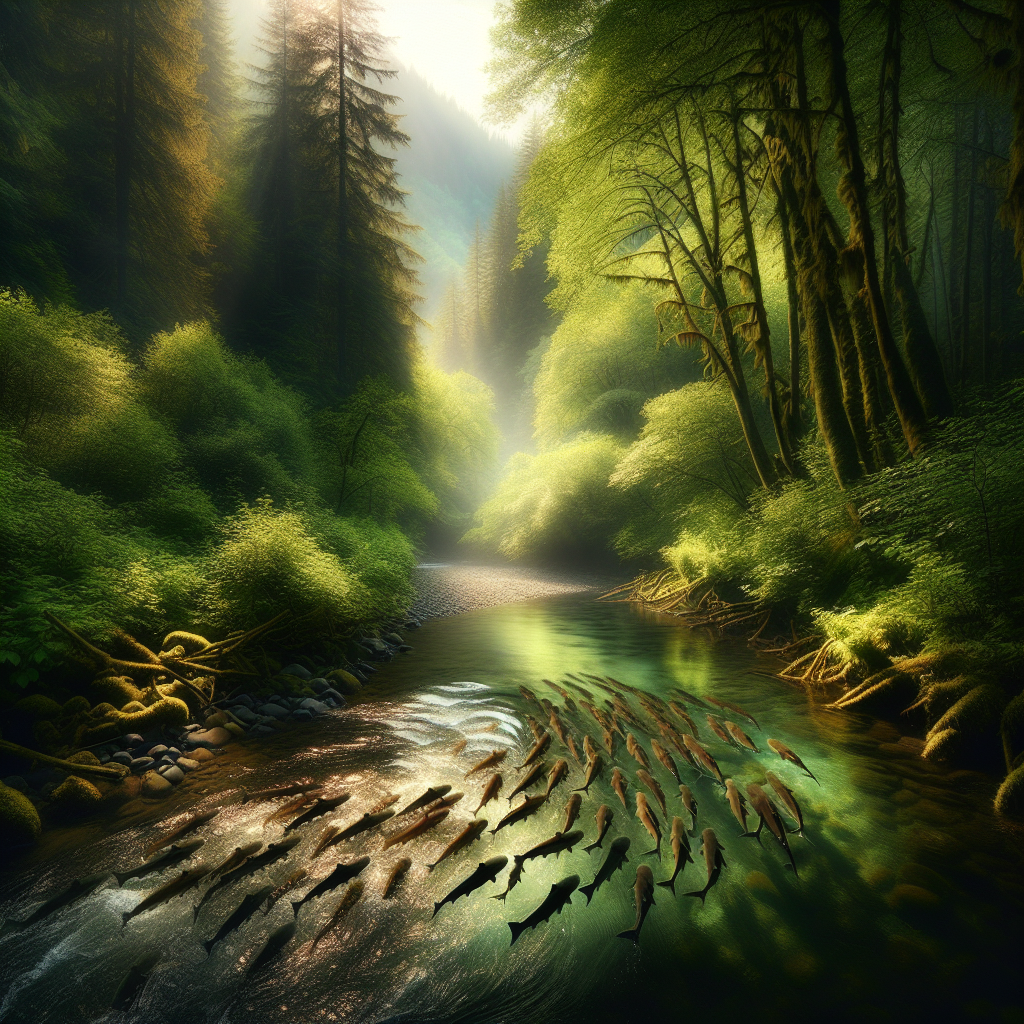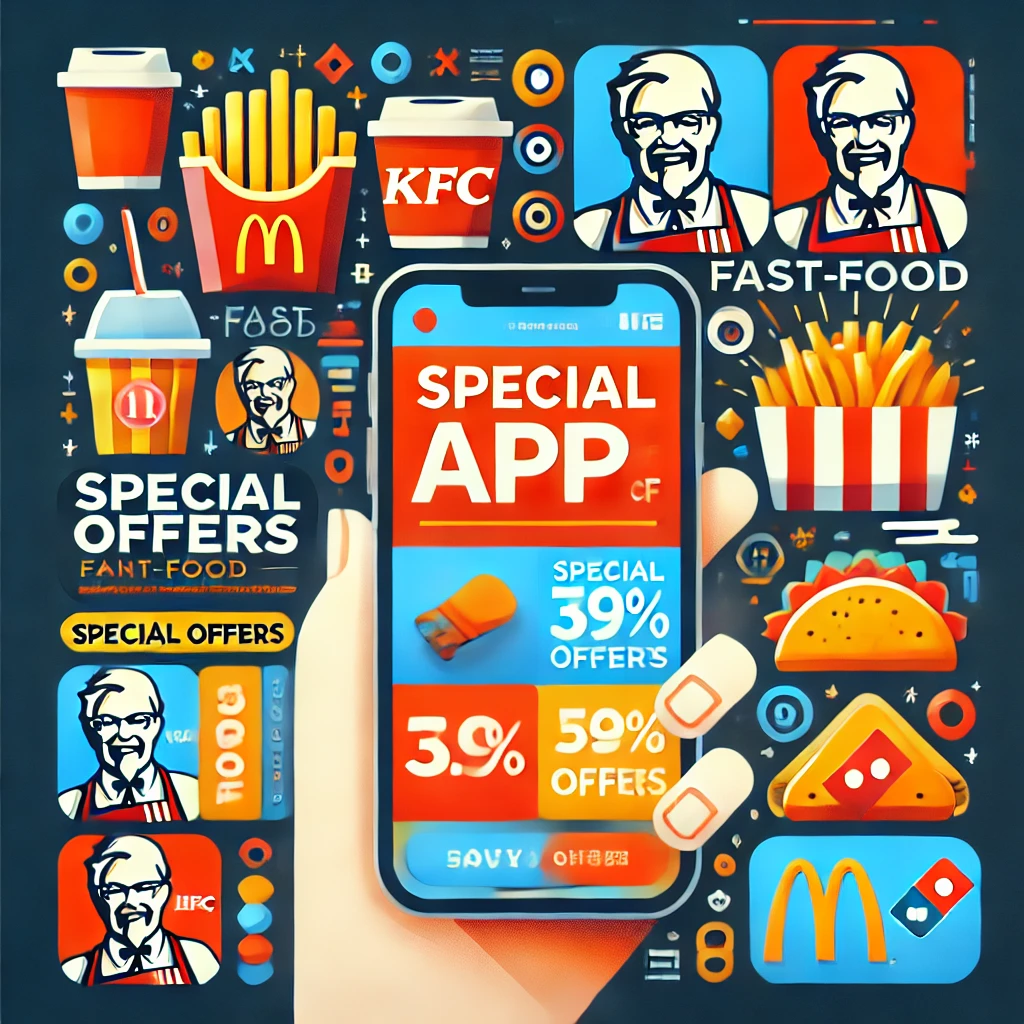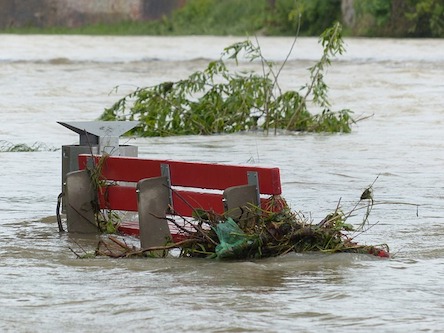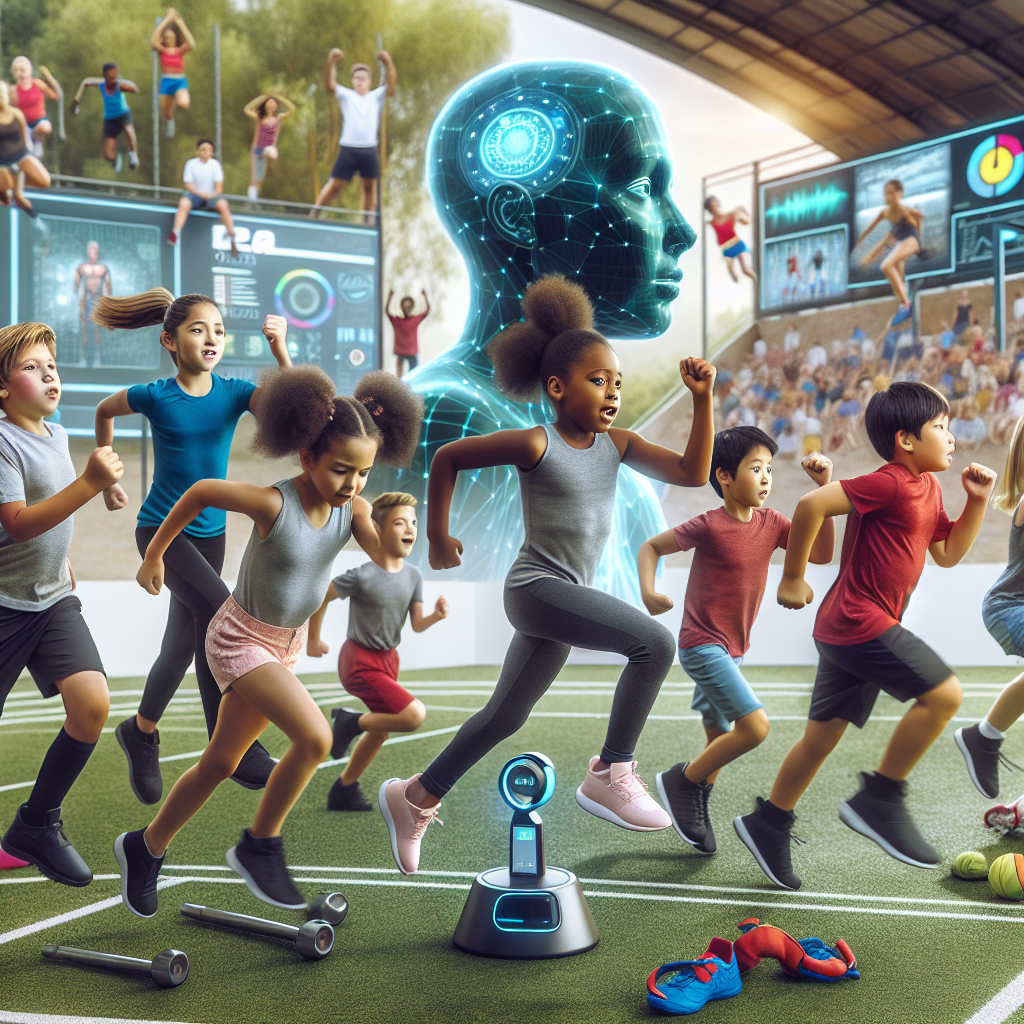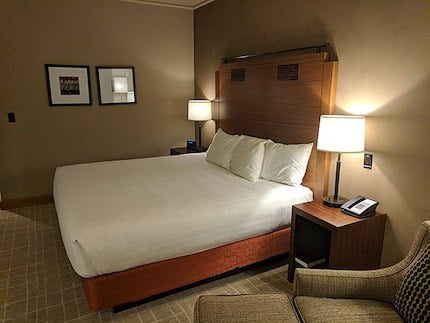Some little sea animals called hermit crabs are using trash instead of shells to live in. People who like to watch animals took pictures and showed that many hermit crabs are using pieces of plastic. The people who studied the pictures found 386 crabs living in plastic tops. They don’t know if the plastic is good or bad for the crabs.
The people who learned about the crabs felt sad because there was so much trash. They saw crabs with plastic homes in hot places all over the world. They are trying to understand how the plastic affects the crabs and if it changes how they grow. If there are not enough real shells, the crabs use plastic because it’s easy to find. The people who did the study want everyone to be careful with plastic so it doesn’t end up in the water.
Original news source: Hermit crabs are ‘wearing’ our plastic rubbish (BBC)
🎧 Listen:
Slow
Normal
Fast
📖 Vocabulary:
| 1 | hermit | A person or animal that likes to be alone |
| 2 | trash | Things that people throw away because they don’t want them anymore |
| 3 | animals | Creatures that move, eat, and grow |
| 4 | pictures | What you make with a camera to remember what you see |
| 5 | plastic | A hard and light material that is made by people and used for many things |
| 6 | studied | To look at something very closely to learn about it |
| 7 | affects | To make a change in something or someone |
| 8 | understand | To know why or how something happens |
| 9 | careful | To make sure you don’t do something wrong or dangerous |
| 10 | water | What you drink, what fish swim in, and what comes down as rain |
Group or Classroom Activities
Warm-up Activities:
– Charades
Instructions: Divide the class into small groups. Give each group a piece of paper with a word related to the article (e.g. hermit crab, plastic, trash, shell). One student from each group will act out the word without speaking, while the rest of the group guesses what word it is. The group with the most correct guesses wins.
– News Summary
Instructions: In pairs, students take turns summarizing the main points of the article to their partner. Encourage them to use their own words and ask follow-up questions to check comprehension.
– Vocabulary Pictionary
Instructions: Divide the class into pairs. Give each pair a list of vocabulary words from the article (e.g. hermit crab, plastic, trash, shell). One student from each pair will choose a word and draw a picture to represent it, while the other student guesses what word it is. The pair with the most correct guesses wins.
– Keyword Hangman
Instructions: Write the keywords from the article (e.g. hermit crab, plastic, trash, shell) on the board with blanks representing the letters. Divide the class into two teams. One student from each team will take turns guessing letters to try and complete the word. If a correct letter is guessed, it is filled in the blanks. If an incorrect letter is guessed, a body part is drawn on a hangman diagram. The team that completes the most words wins.
– Think-Pair-Share
Instructions: Ask the students to think about and write down their ideas on how to reduce the amount of plastic in the ocean. Then, have them pair up and share their ideas with a partner. Finally, ask a few pairs to share their ideas with the whole class. Encourage discussion and the exchange of ideas.
🤔 Comprehension Questions:
1. What are the little sea animals called that are using trash instead of shells?
2. What did the people who like to watch animals do with the hermit crabs?
3. How many crabs were found living in plastic tops?
4. Why did the people who learned about the crabs feel sad?
5. Where did the people see crabs with plastic homes?
6. What are the people trying to understand about the plastic and the crabs?
7. Why do the crabs use plastic instead of real shells?
Go to answers ⇩
🎧✍️ Listen and Fill in the Gaps:
Some little sea animals called hermit crabs are using trash instead of shells to live in. People who (1)______ to watch animals (2)______ pictures and showed that many hermit crabs are using pieces of plastic. The people who studied the pictures found 386 crabs living in plastic tops. They don’t (3)______ if the plastic is good or bad for the crabs.
The people who (4)______ about the crabs felt sad because there was so much trash. They saw crabs with plastic homes in hot places all over the world. They are trying to (5)______ how the plastic affects the crabs and if it (6)______ how they grow. If there are not enough real (7)______, the crabs use (8)______ because it’s easy to find. The people who did the study want everyone to be careful with plastic so it doesn’t end up in the water.
Go to answers ⇩
💬 Discussion Questions:
Students can ask a partner these questions, or discuss them as a group.
1. What are hermit crabs?
2. How do hermit crabs usually find homes?
3. How do the hermit crabs in the pictures find homes?
4. How do you think the hermit crabs feel living in plastic homes?
5. Do you think it’s good or bad for the hermit crabs to live in plastic? Why or why not?
6. How do the people who studied the pictures feel about the amount of trash?
7. Where did the people see crabs with plastic homes?
8. Why are the people studying how the plastic affects the crabs?
9. What do the crabs use plastic for?
10. Why do the crabs use plastic instead of real shells?
11. Do you like plastic? Why or why not?
12. What can we do to make sure plastic doesn’t end up in the water?
Individual Activities
📖💭 Vocabulary Meanings:
Match each word to its meaning.
Words:
1. hermit
2. trash
3. animals
4. pictures
5. plastic
6. studied
7. affects
8. understand
9. careful
10. water
Meanings:
(A) To make sure you don’t do something wrong or dangerous
(B) A hard and light material that is made by people and used for many things
(C) To look at something very closely to learn about it
(D) Things that people throw away because they don’t want them anymore
(E) What you make with a camera to remember what you see
(F) What you drink, what fish swim in, and what comes down as rain
(G) To know why or how something happens
(H) A person or animal that likes to be alone
(I) To make a change in something or someone
(J) Creatures that move, eat, and grow
Go to answers ⇩
🔡 Multiple Choice Questions:
1. What are the little sea animals called?
(a) Fish
(b) Dolphins
(c) Sharks
(d) Hermit crabs
2. What are the hermit crabs using instead of shells?
(a) Rocks
(b) Trash
(c) Sand
(d) Wood
3. How many hermit crabs were found living in plastic tops?
(a) 100
(b) 50
(c) 200
(d) 386
4. How do the people studying the pictures feel about the crabs using plastic?
(a) Happy
(b) Angry
(c) Sad
(d) Excited
5. Where did the people see crabs with plastic homes?
(a) Cold places all over the world
(b) The ocean
(c) Hot places all over the world
(d) The desert
6. Why do the crabs use plastic instead of shells?
(a) Because it’s easy to find
(b) Because it’s colorful
(c) Because it’s heavy
(d) Because it’s soft
7. What do the people who did the study want everyone to be careful with?
(a) Shells
(b) Plastic
(c) Rocks
(d) Sand
8. What do the people want to understand about the plastic and the crabs?
(a) How it affects the crabs and if it changes how they grow
(b) How it tastes to the crabs
(c) How it smells to the crabs
(d) How it looks to the crabs
Go to answers ⇩
🕵️ True or False Questions:
1. They saw crabs with plastic homes in hot places all over the world.
2. They are not trying to understand how the plastic affects the crabs and if it changes how they grow.
3. Some large sea animals called hermit crabs are using trash instead of shells to live in.
4. People who like to watch animals took pictures and showed that many hermit crabs are using pieces of plastic.
5. If there are plenty of real shells, the crabs never use plastic because it’s difficult to find.
6. They don’t know if the plastic is good or bad for the crabs.
7. The people who studied the pictures found 386 turtles living in plastic tops.
8. The people who learned about the crabs felt sad because there was so much trash.
Go to answers ⇩
📝 Write a Summary:
Write a summary of this news article in two sentences.
Check your writing now with the best free AI for English writing!
Writing Questions:
Answer the following questions. Write as much as you can for each answer.
Check your answers with our free English writing assistant!
1. What are the little sea animals called that are using trash instead of shells?
2. What did the people who like to watch animals do with the hermit crabs?
3. How many crabs did the people find living in plastic tops?
4. Why did the people feel sad when they learned about the crabs?
5. Why do the crabs use plastic instead of real shells?
✅ Answers
🤔✅ Comprehension Question Answers:
1. What are the little sea animals called that are using trash instead of shells?
The little sea animals are called hermit crabs.
2. What did the people who like to watch animals do with the hermit crabs?
The people took pictures of the hermit crabs.
3. How many crabs were found living in plastic tops?
386 crabs were found living in plastic tops.
4. Why did the people who learned about the crabs feel sad?
The people felt sad because there was so much trash.
5. Where did the people see crabs with plastic homes?
The people saw crabs with plastic homes in hot places all over the world.
6. What are the people trying to understand about the plastic and the crabs?
The people are trying to understand how the plastic affects the crabs and if it changes how they grow.
7. Why do the crabs use plastic instead of real shells?
The crabs use plastic instead of real shells because there are not enough real shells and plastic is easy to find.
Go back to questions ⇧
🎧✍️✅ Listen and Fill in the Gaps Answers:
(1) like
(2) took
(3) know
(4) learned
(5) understand
(6) changes
(7) shells
(8) plastic
Go back to questions ⇧
📖💭✅ Vocabulary Meanings Answers:
1. hermit
Answer: (H) A person or animal that likes to be alone
2. trash
Answer: (D) Things that people throw away because they don’t want them anymore
3. animals
Answer: (J) Creatures that move, eat, and grow
4. pictures
Answer: (E) What you make with a camera to remember what you see
5. plastic
Answer: (B) A hard and light material that is made by people and used for many things
6. studied
Answer: (C) To look at something very closely to learn about it
7. affects
Answer: (I) To make a change in something or someone
8. understand
Answer: (G) To know why or how something happens
9. careful
Answer: (A) To make sure you don’t do something wrong or dangerous
10. water
Answer: (F) What you drink, what fish swim in, and what comes down as rain
Go back to questions ⇧
🔡✅ Multiple Choice Answers:
1. What are the little sea animals called?
Answer: (d) Hermit crabs
2. What are the hermit crabs using instead of shells?
Answer: (b) Trash
3. How many hermit crabs were found living in plastic tops?
Answer: (d) 386
4. How do the people studying the pictures feel about the crabs using plastic?
Answer: (c) Sad
5. Where did the people see crabs with plastic homes?
Answer: (c) Hot places all over the world
6. Why do the crabs use plastic instead of shells?
Answer: (a) Because it’s easy to find
7. What do the people who did the study want everyone to be careful with?
Answer: (b) Plastic
8. What do the people want to understand about the plastic and the crabs?
Answer: (a) How it affects the crabs and if it changes how they grow
Go back to questions ⇧
🕵️✅ True or False Answers:
1. They saw crabs with plastic homes in hot places all over the world. (Answer: True)
2. They are not trying to understand how the plastic affects the crabs and if it changes how they grow. (Answer: False)
3. Some large sea animals called hermit crabs are using trash instead of shells to live in. (Answer: False)
4. People who like to watch animals took pictures and showed that many hermit crabs are using pieces of plastic. (Answer: True)
5. If there are plenty of real shells, the crabs never use plastic because it’s difficult to find. (Answer: False)
6. They don’t know if the plastic is good or bad for the crabs. (Answer: True)
7. The people who studied the pictures found 386 turtles living in plastic tops. (Answer: False)
8. The people who learned about the crabs felt sad because there was so much trash. (Answer: True)
Go back to questions ⇧



